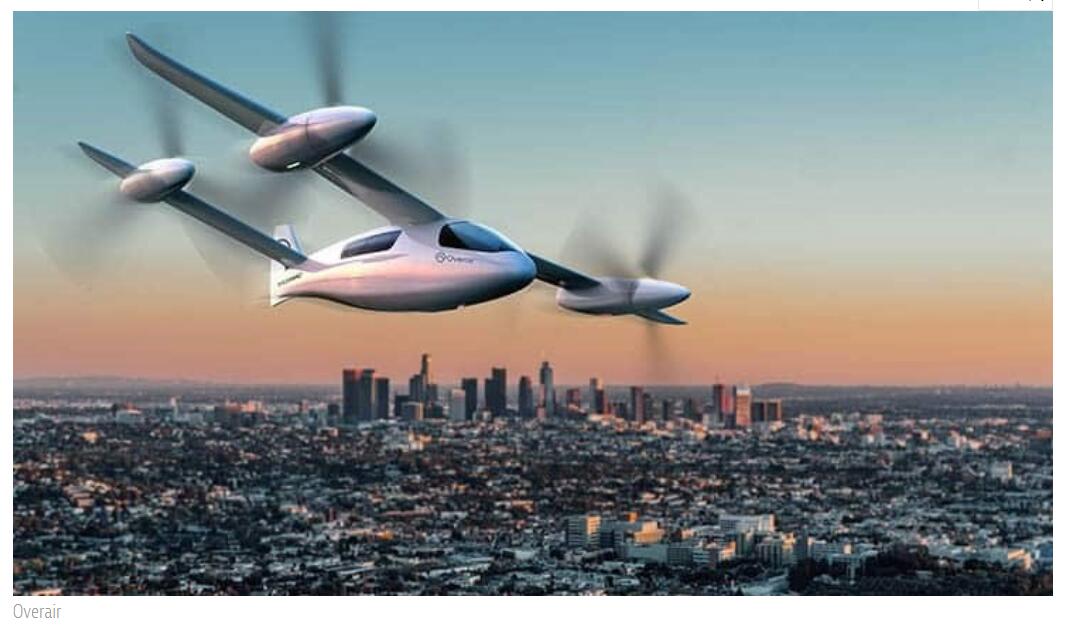Welcome to Sino Bearings web
24x7 HOTLINE:+86-28-81454188

 NEWS
NEWS
Santa Ana, California-based Overair Inc. has revealed the commercial design of its Butterfly all-electric vertical takeoff and landing (eVTOL) aircraft for advanced air mobility. Overair's team of engineers and technicians has been integrating technologies from 20+ years of aerospace innovation led by Abe Karem. Leveraging that legacy of the Department of Defense and privately backed technology, Butterfly is designed to be a mobility workhorse that produces zero carbon emissions in flight.
Butterfly's capability stems from its propulsion system, known as Optimum Speed Propulsion (OSP). Butterfly's four large propellers spin slowly in hover and even slower in cruise, resulting in two primary aerodynamic advantages. First, the props are designed to be so efficient that hover flight consumes only a small fraction of the available motor power, giving Butterfly extra payload capacity and power margins to operate safely in challenging environmental conditions. Second, the slow-turning props will produce very little noise, optimizing Butterfly for high-density routes over sensitive communities.
Overair intends to commercialize Butterfly's competitive advantages, vertically integrating to meet demand as a manufacturer, maintainer, and operator.
"This is just a fundamentally different type of aircraft," says Ben Tigner, Overair CEO. "Butterfly is a transportation system optimized for safety, utilization, passenger experience, and affordability. Our goal is to become a trusted part of our riders' daily routines and a trusted partner for the communities we serve."
Overair expects to certify Butterfly with the FAA in 2025. Following certification, Overair plans to launch commercial operations in targeted US and South Korea markets, with Overair's strategic partner Hanwha Systems.